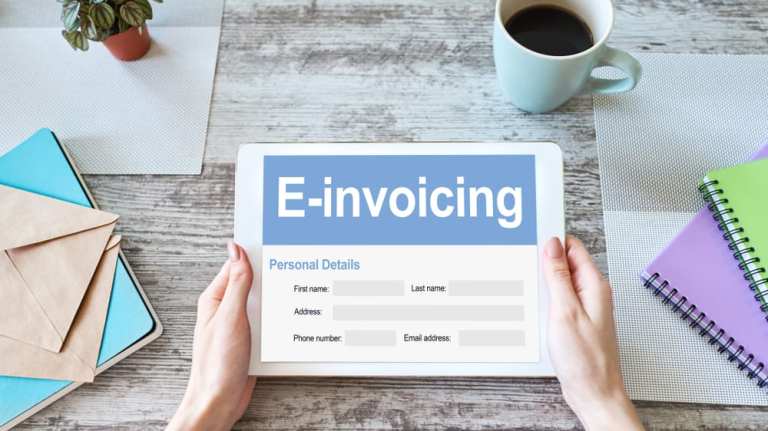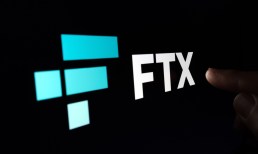In the U.S., a lack of standardization has accounts payable (AP) teams scrambling. Not only are paper invoices a continued nuisance, but, for B2B vendors that decide to make the shift from mailing out paper bills, the assumption is often that emailing a PDF version of that invoice constitutes an eInvoice.
Not so much, as Michael Cichy, general manager of Americas at purchase-to-pay automation company Palette Software, recently explained to PYMNTS.
The problem lies in data. Optical character recognition (OCR) technology aims to provide AP departments with a way to automatically capture and digitize information on a paper or PDF invoice, with its accuracy generally hovering at about 98.5 percent. Impressive, but not good enough, Cichy said.
“If I get 98.5 percent of your invoice number correct, is that alright? No. If I get 98.5 percent of your item number right for matching purposes, is that alright? No,” he said.
While eInvoicing standards in Europe have made data digitization, capture and integration more straightforward, in the U.S., the next best thing is the Electronic Data Interchange (EDI), though not every company is equipped to implement that process. Palette Software recently launched a collaboration with CloudTrade to provide a more accessible version of EDI capabilities that, according to Cichy, results in 100 percent accuracy of data capture.
Advertisement: Scroll to Continue
The trick is that, even though PDF invoices are not technically true eInvoices, vendors typically generate those PDFs and paper documents from printer streams integrated with their ERP systems. In other words, those PDFs do indeed have data attached, but it isn’t obvious how receiving AP departments can access it. Palette and CloudTrade’s collaboration aims to open up that data.
“Within minutes of leaving the receivables system of a vendor, that information created by the billing system can be posted and available in a supplier portal within Palette, with CloudTrade as the delivery vehicle,” he explained, noting that because that information within the document comes straight from a vendor’s systems, there is no need for technology to interpret or guess at what data it holds.
Why It Matters: No Invoice Processed? No Payment
The purpose of more intelligently and accurately capturing invoice data is all about accelerated invoice processing and, thus, faster payment to the vendor. It’s a critical part of the procure-to-pay process today, as suppliers press for more timely payments, and as buyers work to access early payment discounts. Cichy noted that invoice data also highlights the importance of the data management process in the broader procure-to-pay process.
Payment technologies today, via ACH and card rails, are able to provide corporates with speedy payment capabilities in their efforts to capture early payment discounts. However, unless that invoice is processed quickly and accurately, the benefits of faster payments go out the window.
“The industry buzz is all about dynamic discounting,” said Cichy. “A lot of payment vehicles are well-equipped to deliver payments very quickly. That part of the transaction is rapid.”
The U.S. middle market’s struggle to ubiquitously embrace EDI and eInvoicing, however, is a massive roadblock to faster vendor payments. Beyond capturing those discounts, though, the opportunity in accurate data availability through an elevated invoice processing practice introduces additional benefits to AP departments, said Cichy.
Current ERP systems are limited in their workflow flexibility to capture data of indirect spend, for example. The agility of being able to accurately process tail-spend invoices offers organizations the ability to track performance on a department-by-department basis, and promoting stronger vendor relationships.
Accurate invoice data capture also means the ability to efficiently reconcile purchases via three-way matching between purchase order, invoice and delivery docs — another point of friction in traditional ERP systems, Cichy explained, in which a single misalignment between a purchase order line item, and that corresponding line item on an invoice, can mean the entire invoice is moved to exceptions, and will require manual intervention (again, jeopardizing access to early payment discounts).
At a more strategic level, data capture speed and accuracy, and efficiency in line-item matching, provide organizations with the opportunity to more deeply analyze purchasing behavior, whether it’s with top-100 vendors or one-off tail-spend purchases.
“Being able to pursue those matching statistics allows you to problem-solve and clean up where a problem may be,” he said. “Is it in data capture? In the way vendors submit their invoices, or the way you order goods?”




